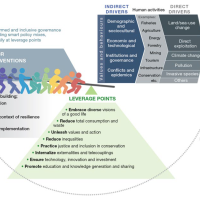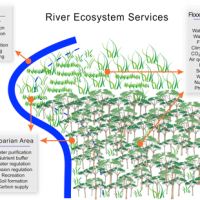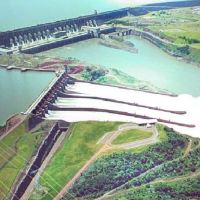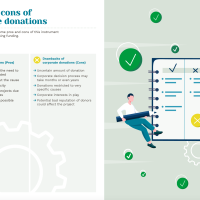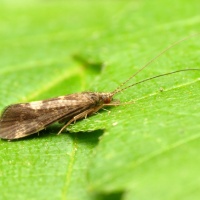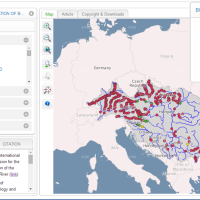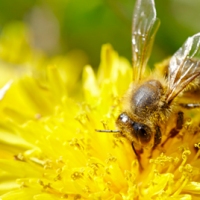Water security challenges: the gap between science and policy
About 80% of the world’s population faces water insecurity or risks relating to loss of freshwater biodiversity. Water security is an issue of growing concern, but at present academic research often does not align with the needs of policy-makers and practitioners.

Photo: Creative Commons
A recent article by Karen Bakker published in Science last month discusses the challenges and opportunities for water security in the coming years. Water security, as defined in the article, is an “acceptable level of water-related risks to humans and ecosystems, coupled with the availability of water of sufficient quantity and quality to support livelihoods, national security, human health, and ecosystem services”.
Interest in water security has risen considerably over the past decade or so in both academic and policy circles, a recognition of the crucial role water plays in numerous facets of the lives of people and ecosystems on a daily basis. For example, water security is the focus of the 2013 World Water Week in Stockholm and the next World Water Forum in 2015.

Number of water security-related publications in the last 20 years. Source: Bakker 2012.
Freshwater-related human and ecosystem vulnerability is leading to growing concern in four key areas:
1) threats to drinking water supply systems
Over 1 billion people around the world currently lack access to clean, safe drinking water. As well as increased investments needed to reach these people, enhanced monitoring and emergency preparedness is necessary to protect against threats such as contamination and human impacts on freshwater ecosystems.
2) threats to economic growth and human livelihoods

The worst drought in 60 years in East Africa triggered the first famine of the 21st century threatening the livelihoods of over 10 million people. Photo: Reuters/Red Cross
Water-related hazards such as floods and droughts have enormous negative impacts for millions of people across the world and are contributing factors to poor economic growth in many regions. In addition, freshwater availability and biodiversity play a key role in food security, implying the need for both technological innovation and water conservation.
3) threats to freshwater ecosystem services
Point and non–point source pollution as well as increased water consumption are some of the biggest threats to freshwater biodiversity and the ecosystem services they provide. This highlights the need to manage water for both human and ecosystem needs, especially given potential “tipping points” in socioecological systems.
4) climate change
Climate change is expected to lead to increased hydrological variability, notably an increased severity and frequency of droughts and floods, amplifying the concerns with regards to livelihoods and economic growth. Given this, there is a need to develop adaptation strategies that deal with uncertainty that are more than just technical, but also include governance and social learning as key tools for more effective water management.

Chemical pollution in the Yangtze river, China. Pollution is a major threat to water security and biodiversity. Photo: Lu Guang/Greenpeace.
A central theme of these water security threats is the challenge of balancing human and environmental needs while protecting essential ecosystem services and biodiversity, writes Bakker. For this to occur collaboration between natural and social scientists, academics and practitioners is crucial. But, argues Bakker, “academic research on water security is relatively poorly integrated with the needs of policy-makers and practitioners.”
The three main challenges identified by Bakker are the lack of a conceptual common ground for effective water management and policy-making across disciplines and sectors, the current lack of sufficient interdisciplinary collaboration and institutional incentives, and a disciplinary ‘scalar mismatch’ (where different disciplines tend to focus on different scales – e.g. the hydrologist looks at the watershed, whereas the political scientist focuses on the nation-state), which may be reproduced in the context of on-the-ground water governance.
The growing focus on water security offers a significant opportunity for the freshwater biodiversity science and policy community because freshwater ecosystems play an important role in providing water security and as such can make substantive contributions to finding solutions to the global water crisis. Given these opportunities, and the importance of finding interdisciplinary solutions to this issue, it will be necessary to engage with a range of different fields as well as policy areas including Water Resource Management, Water, Sanitation and Hygiene (WASH), food security, and development.
Source: Bakker 2012, ‘Water Security: Research Challenges and Opportunities’, Science, vol. 337 no. 6097 pp. 914-915, <http://www.sciencemag.org/content/337/6097/914.full>.






